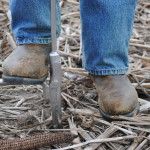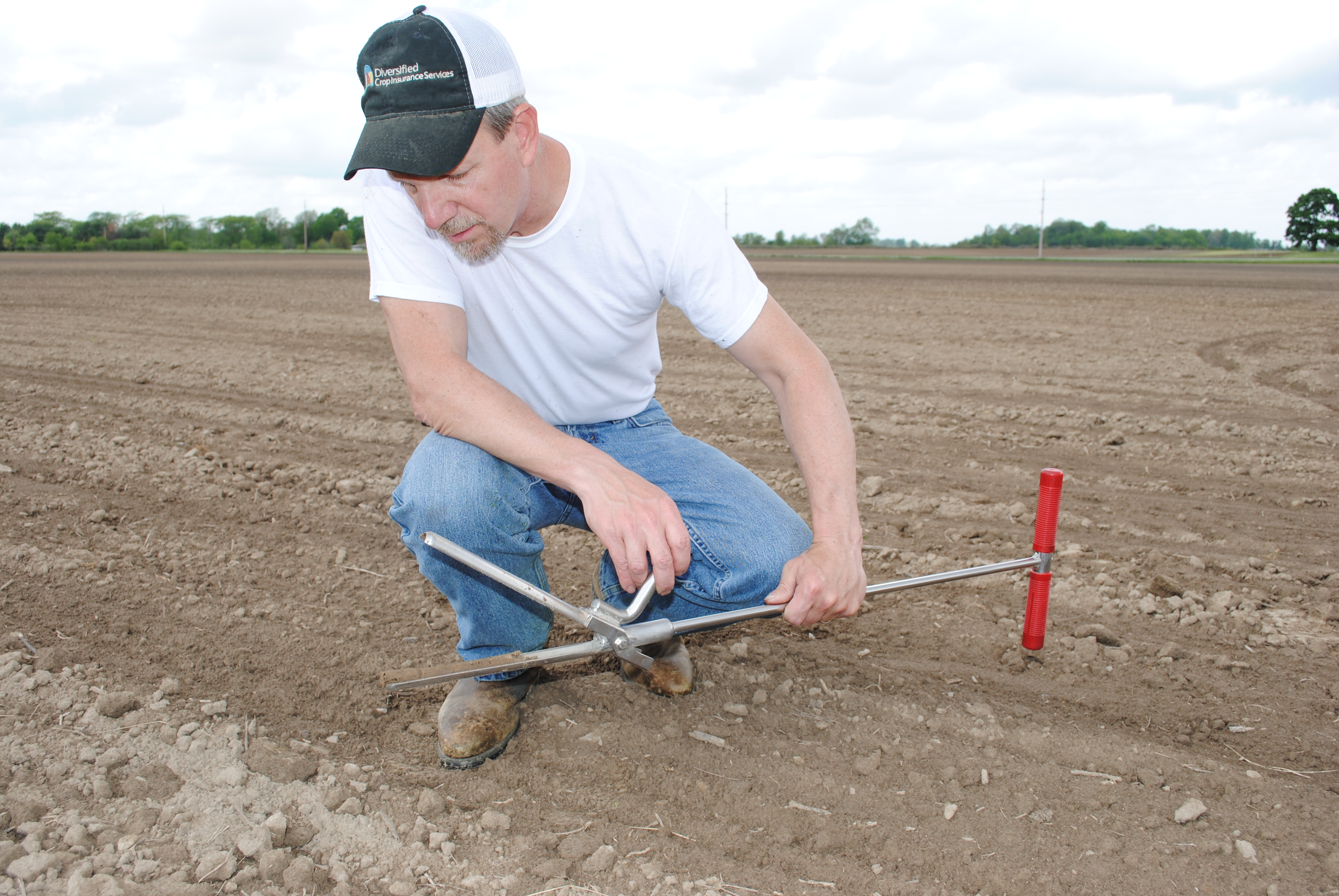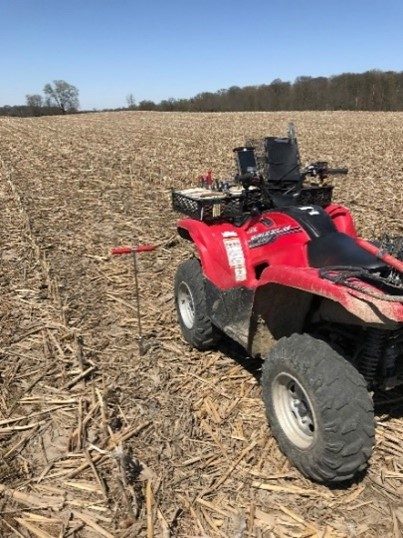
September 25, 2020
Fall Soil Sampling
Fall soil sampling provides for a great opportunity to create a fertilizer management strategy. The use of soil sampling can be used to create variable rate application maps. Fields will vary in soil type, so it does not make sense to treat them all the same with a flat rate. A variable rate allows for a better allocation of our fertilizer dollars. We can individually manage our high and low productivity zones to improve the fertility and profitability. Soil sampling can be a useful tool to help move you towards the goals you have on your operation. These goals could be improved yields, better profitability, or improving environmental stewardship. If you have any questions about soil sampling give me a call, I’d be happy to answer them for you.
Preventing Combine Fires
A dry start to harvest makes for great field conditions but it also prevents a higher risk for fires. This fall be sure to take the time this year to make sure you have properly functioning fire extinguishers. Keep the machine clean of debris, especially near bearings and around the engine. Be sure to check daily for leaks of oil or fuel around the machine. Follow the daily maintenance schedule and check the machine carefully over in the morning for signs of wear or failure. Combine fires are an unfortunate event but always remember to put personal safety before saving property.
CFAP 2
It was announced that we will have another round of COVID payments for farmers. In this article I will only be talking about payments for row crops but, if you have livestock there are more payments there as well. As with the first program there is a payment limit of 250,000 dollars for the farm entity. If your farm is structured as a corporation, LLC, or limited partnership. The payment will scale based on members involved on the farm. If you have two members who provide labor or management, the cap goes to 500,000 if there are three members the payment cap is 750,000. Signup for the program started Monday and will go through to December 11th. As with the first payment it is best to get in as soon as possible to sign up for the program.
Payments are based on your crop insurance approved yield for 2020 times the number of planted acres times the crop payment rate. Corn rate is $.23/bu, Soybeans rate is $.31/bu, Wheat rate is $.40/bu. The payments can be seen in the chart below. If you do not have crop insurance or carry a county plan such as ARP then the county yield will be used for your payment calculation. Since this is all information that the USDA office should have the payments should arrive quickly after signing up.
Corn Example – 200bu APH x 500 acres x $.23/bu = $23,000
Soybean Example – 50bu APH x 500 acre x $.31/bu = $7,750
If you have any questions about this program contact myself or Nathan Bush. You can reach Nathan on his phone @ (317) 502-5303 or his email [email protected]. I also included an article summarizing the payments in more detail.
Resources



